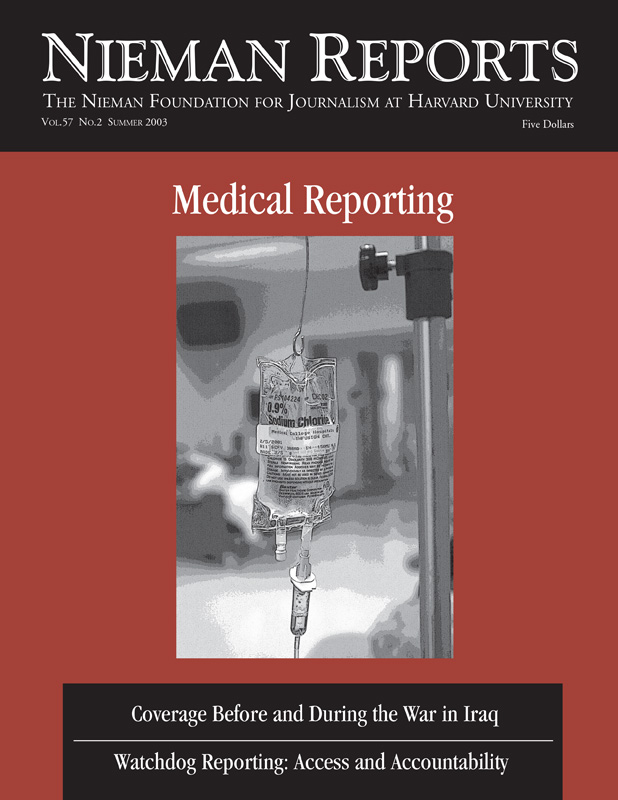The late Victor Cohn, a former science editor of The Washington Post, said: “A good medical reporter is, first of all, a reporter after a story, not just a medical story but an interesting and important story. A good medical reporter also has fun, fun talking to some of the world’s most dedicated and interesting people, fun writing copy that zings and captures the reader, fun that injects passion into the job, for it is a job that needs passion. A good medical reporter reports for people, not for doctors, not for scientists, not even for editors or news directors. A good medical reporter is privileged to contribute to the great fabric of news that democracy requires. There is no more important job than giving people the information they need to work, to survive, to enjoy life, to participate in and maintain a free and democratic society.”
Source: Council for the Advancement of Science Writing.



